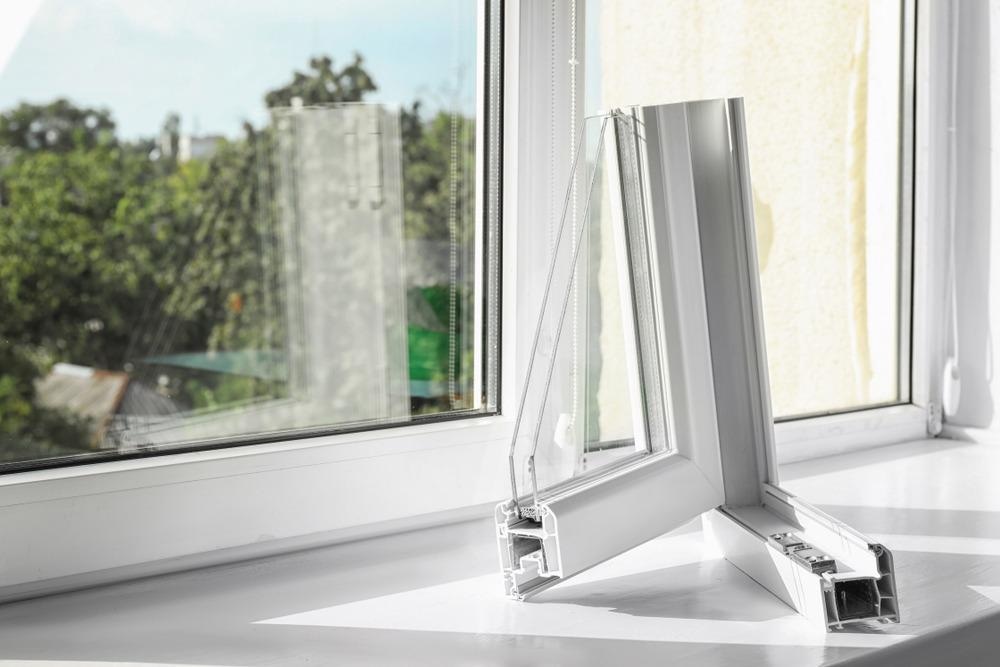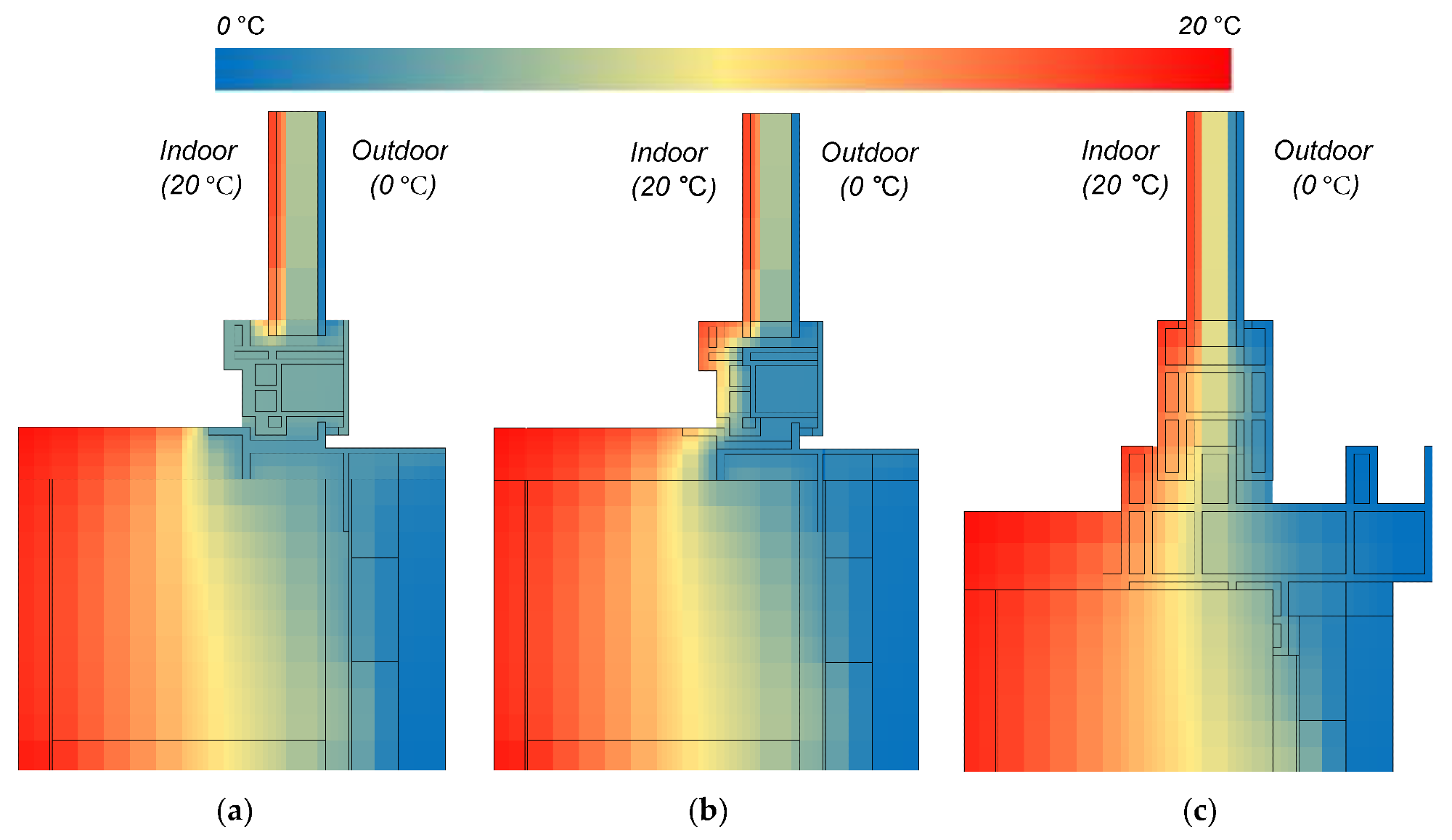In a new paper published this week, a team of researchers investigated the impact of window frames on energy consumption and city-scale replacement strategies to reduce this impact in Japan. The paper has appeared in the journal Energies, and scientists from Japan and Korea have contributed to the research.

Study: Impact of Window Frames on Annual Energy Consumption of Residential Buildings and Its Contribution to CO2 Emission Reductions at the City Scale. Image Credit: New Africa/Shutterstock.com
Background to the Study
The growing world population and rapid levels of urbanization have placed huge demands on energy consumption and consequently increased carbon emissions. Electricity generation, transportation, the construction sector, and multiple heavy industries exploit vast amounts of fossil fuels.
In many countries, the construction sector alone is responsible for around forty percent of total energy consumption, and reducing this figure is critical to meeting net-zero targets.
Amongst building elements, windows are responsible for large proportions of heat loss due to the significant difference in their thermal transmittance values compared to other components. Conversely, due to solar energy being transmitted through glazing, windows can also contribute to heating.
Window frames represent a small fraction of the building’s entire surface area, but nevertheless, have a potentially major impact on heat loss and therefore energy consumption due to their insulating properties and materials. Many poorly insulated window frames are used across the world still, usually constructed from aluminum. Aluminum has a much higher thermal conductivity than PVC, which is preferred in modern buildings.
As of 2020, 10.1% of all window frames were made from aluminum in Japan, with composite aluminum/PVC frames being used in 67.5% of all applications. PVC window frames were used in 22.5% of all applications in the same year. In Europe and America, the figure for PVC frames is 50%. Therefore, there is significant room for improvement in the Japanese market.
![Cross-section of (a) aluminum frame including wall, (b) aluminum frame, (c) composite frame (aluminum and polyvinyl chloride [PVC]), and (d) PVC frame.](https://www.azom.com/images/news/ImageForNews_59109_16529473521829490.png)
Cross-section of (a) aluminum frame including wall, (b) aluminum frame, (c) composite frame (aluminum and polyvinyl chloride [PVC]), and (d) PVC frame. Image Credit: Choi, Y et al., Energies
The Study
The authors have identified that, despite there being research focus on improving thermal performance in window frames by studying the relevance of heat transfer, there has been a lack of studies at city scale levels.
Some papers in the current literature have demonstrated heat loss and energy consumption savings as an effect of using low-conductivity materials for window frames. One study investigated replacing aluminum frames with composite glass-fiber-reinforced PVC in an office block, demonstrating an almost 20% reduction in total energy consumption. However, many studies have focused on single buildings and overlooked the city-scale impact.
This study has three main objectives. It aims to identify the impact of frame materials on energy consumption, quantify how highly insulated frames installed in new buildings at the city scale contribute to energy savings, and discuss how improving the thermal insulation of window frames can contribute to national countermeasures to reduce greenhouse gas emissions.

Temperature distribution for each reference frame. PVC, polyvinyl chloride. (a) Aluminum; (b) Composite; (c) PVC. Image Credit: Choi, Y et al., Energies
Study Findings
Out of the three window frame materials (aluminum, composite aluminum/PVC, and PVC) investigated in the research, the thermal transmittance value of PVC was lowest at 1.88 W/m2. K. This value was determined using two-dimensional simulation methods.
Regional averages demonstrated a 0.75% annual energy consumption decrease by using frames with enhanced thermal performance. The amount of CO2 emissions saved per household annually is equivalent to 1-3 cedar trees using PVC window frames. Furthermore, the authors found that over seven regions in Japan this figure translated to several hundred thousand cedar trees. This demonstrates significant city-scale energy savings.
The city-level energy-saving effect, even in areas that commonly use PVC window frames in Japan, is proportional to the number of new houses built annually. Continuous improvement in window frame insulation is essential, even in regions where PVC is the preferred material for window frame applications.

Floor plan of a reference building. Image Credit: Choi, Y et al., Energies
Impact of the Study
The paper provides pertinent information for efforts to dealuminate window frames. The authors have stated that their findings could help predict future energy-saving potentials for national efforts to mitigate residential and commercial building heat loss and energy consumption. Their study results can inform both new builds and retrofits to enhance the energy efficiency of buildings. Moreover, national policymakers could make use of the study.
A major limitation of the study is that it has only analyzed around 17.2% of new domestic buildings in Japan. Future studies will address this limitation by extending the study’s methodology to all new Japanese housing units.
Further Reading
Choi, Y., Ozaki, A. & Lee, H (2022) Impact of Window Frames on Annual Energy Consumption of Residential Buildings and Its Contribution to CO2 Emission Reductions at the City Scale Energies 15(10) 3692 [online] mdpi.com. Available at: https://www.mdpi.com/1996-1073/15/10/3692
Disclaimer: The views expressed here are those of the author expressed in their private capacity and do not necessarily represent the views of AZoM.com Limited T/A AZoNetwork the owner and operator of this website. This disclaimer forms part of the Terms and conditions of use of this website.